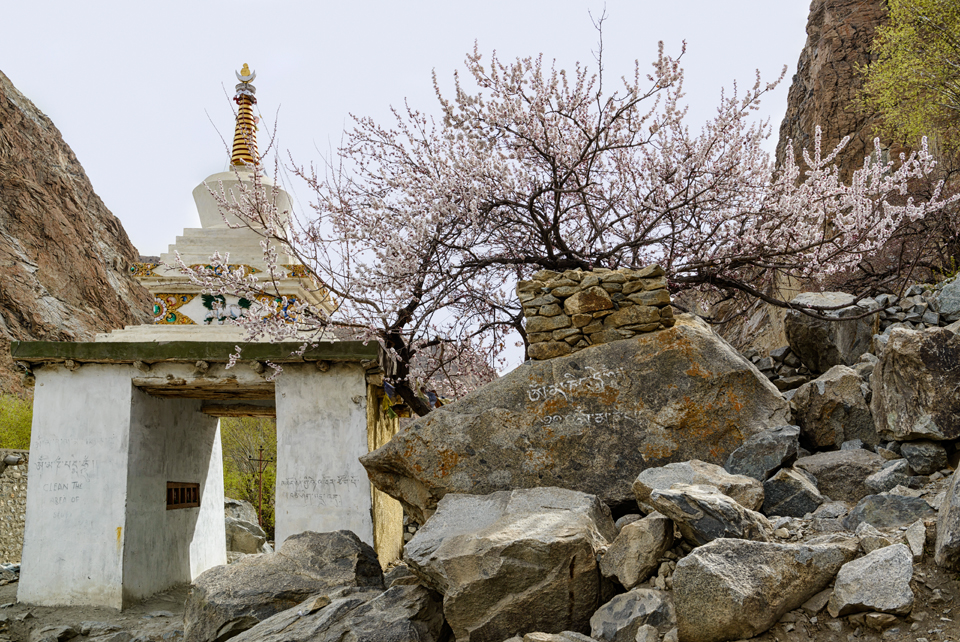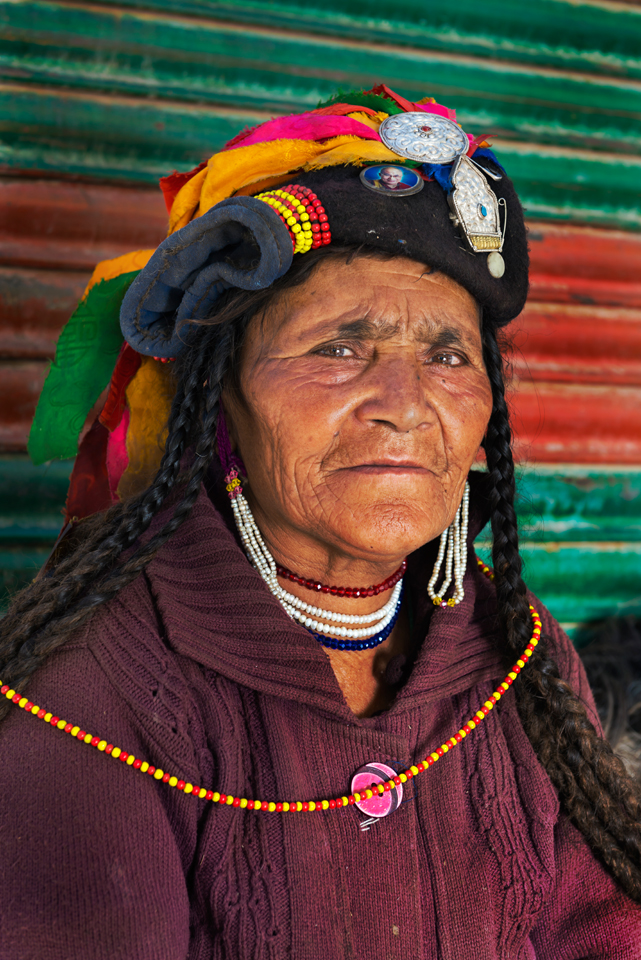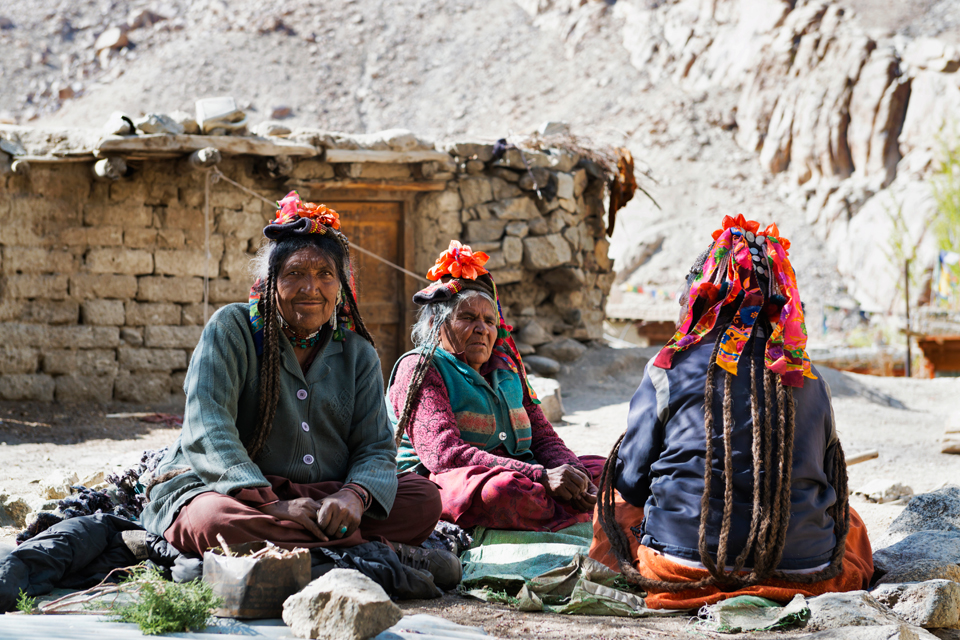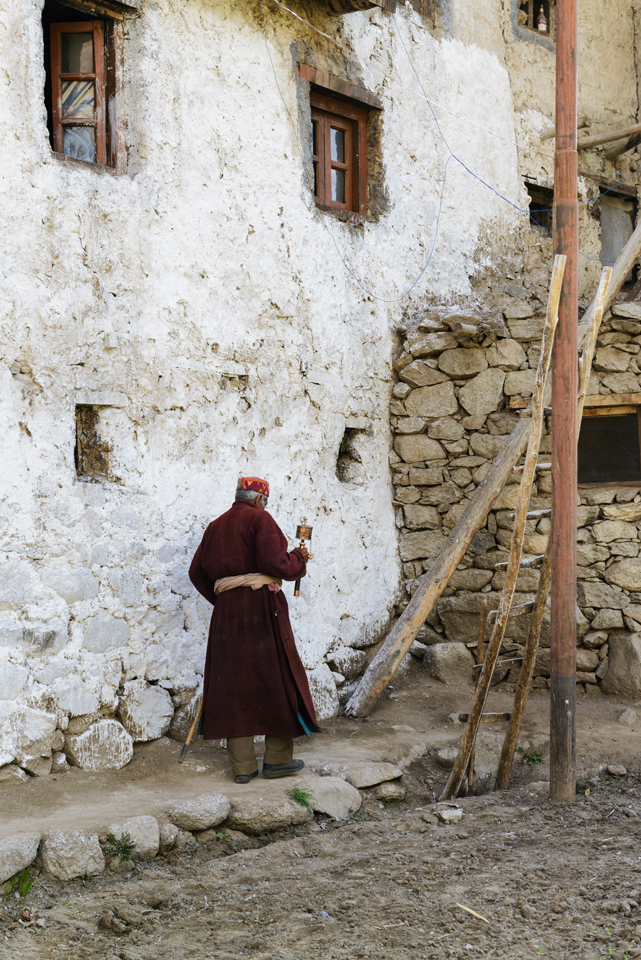This post is long overdue, I know. Somehow things have just conspired to happen this way. Anyway, I was out in Ladakh for quite a few days in April, then Spiti for a while in May and as I write this post, I am sitting in Iraq on work. So it were the mountains that beckoned me for two months in a row and now the deserts should I say, of Assyria?
And indeed JRR Tolkien’s words from ‘The Fellowship of the Rings’ are for me: “Not all those who wander are lost.” That is what I believe. I am, what can only be described as, an inveterate traveler with a classic case of the wanderlust. I travel to photograph. And write. I travel to discover. And each time I do, I discover more about me than that outside of me.
Let me explain.
I am, as I said, a mountain person. I climb. I trek. Alone. People often question me why? Quite honestly, I can never come up with a one-line answer. But it is just the reason why I headed off to Ladakh a few weeks ago. Just to be in solitude, with myself and my thoughts, in the mountains. And of course, I needed a muse to photograph. Much of my photography is about portraiture. I’d read about the ‘Last Aryans’ in Ladakh sometime in the past, and being with them was part of my ever increasing, to-do bucket list. I needed to tick this one off. It was long overdue.

When I met the so-called ‘Last Aryans’, the words that instantly came to mind are: ‘forgotten’ tribe; a few thousand people who even now speak their own language and worship their own Gods, almost isolated from the world. The Brokpas (or Brogpas (literally meaning mountain dwellers, Brog meaning hillock, and Pa for an inhabitant), of Ladakh are an indigenous tribe of only about 4000 people, and are amongst the smallest ethnic groups in the world. They are, by and large, isolated from ‘civilization’, living in a remote area – the Dha Hanu valley of Ladakh, a region of the turbulent Indian state of Kashmir.
Most people head to Ladakh to the usual suspects of Leh and around, Pangong Tso and of course, Khardung-La for the mandatory photo-op. Now don’t get me wrong – these are all beautiful places, but Ladakh is much more than that. Ladakh’s less visited ‘second half ’ is its northern part – sparsely populated Buddhist Zanskar and the slightly greener Shia-Islam Suru Valley, which have much to offer. En route north to this area from Leh, is the Dha Hanu valley. Across this part of the world, the Indus flows gently, enhancing the romance of a landscape that is otherwise surreally barren, possibly even more than what Ladakh is otherwise known for.

Some of the Brokpas also inhabit the Baltistan region, and pretty much the same, they speak an archaic form of the Shina language unintelligible with other dialects of Shina. I found it fascinating that between themselves they would converse in their dialect, yet with me they were comfortable in Hindi, or even a smattering of English. While Brokpa folklore says that their ancestors migrated to this valley several centuries back, probably due to the harsh environmental conditions, some believe that they migrated from Gilgit during the turmoil of warring chieftains. There is another view, apocryphal perhaps, that they are actually descendants of Alexander the Great’s army, whose Genghis Khan-like sexual decadence is a matter of legend!
Whatever might be their origin though, the Brokpas are now considered (or conjectured) to be the last Aryans of the Kashmir-Himalayan highlands, and the purest descendants of the ancient Indo-Europeans. This theory is not lost of them. In all my conversations across villages, the young and aged both reiterated that they were ‘true’ Aryans innumerable times. On these lines, it is noteworthy that they are predominantly Caucasoid in contrast to the Tibeto-Burman inhabitants of most of Ladakh. DNA samples drawn from the Brokpas have been sent to the Genographic Project for analysis, based on which the community has been determined to be “ancient” and “isolated”. There isn’t enough global data, though, to ascribe their true location of origin.

What marks the Brokpas out, however, is that they have lived isolated for centuries in such an inaccessibly harsh terrain (where temperatures plummet to minus 40 degrees in winter) that their “Aryan” DNA “seemingly” remains untainted. Because of this isolation, fraternal polyandry and polygamy was also prevalent. Having read about this, I broached this subject with some finesse after the ice was broken; I was told by the villagers that this was the case about a century ago; however, is changing under the influence of Buddhism and Islam. It has also been documented that in the past, some foreigners had found their way to Brokpa villages to be impregnated by Brokpa men, tantalized by the prospect of exotic Aryan purity. In my conversations with them, this was attributed to an urban legend, pun intended. That being said, in 2007, filmmaker Sanjeev Sivan released his documentary “Achtung Baby: In Search of Purity” based on German women travelling to these villages to be impregnated by men they believe to be racially pure Aryans. The Brokpas do qualify as exotic on most counts, beginning with the elaborate floral headdresses that the women wear even when they work in the fields – rather Fridaesque. The headdress includes rows of coins, some dating as far back as the 19th century, stitched together for ornamentation, and bright ribbons. The typical attire of the male consists of a turban with a flower or two, and a long woolen gown held at the waist by a girdle of cloth, and woolen trousers.

The Brokpas are nominally Buddhist; however animist and Bön rituals still survive. And yet the Buddhism they practice is markedly dissimilar from that followed in central and eastern Ladakh. Their customs differ from those of the Tibetan-descended population of those areas; and their cosmic system shows distinct traces of pre-Buddhist animistic religion. I sure hope to see this in full flow in September, which is when I have been invited to their Bonana-na festival at harvest.

This community is relatively more backward economically than the Baltis or other communities of the region, and their general socio-economic condition remains poor. The main sources of livelihood for the Brokpas are animal husbandry, and agriculture with apple, mulberry, apricots, walnuts, cherry, peaches, pears and grapes grown in these villages.
The traditional Brokpa diet is based on locally grown foods such as barley, wheat prepared most often as tsampa/sattu (roasted flour), and potatoes. Other food includes radishes, turnips, and a brewed tea made of black tea, butter and salt, which I quite enjoyed, reminiscent of my travels in the Khumbu in Nepal when I had this with the Sherpas. Religious taboo bans dairy and poultry sources, as the deity venerated here detests cows and chicken, and so both are considered unmentionable. It is a question though as to how this uniqueness gels with the Aryan image, a race popularly deemed to be of cattle herders in ancient times?

The sum of it all remains the indelible truth that no one really knows where Brokpas come from. The confusion is amusingly represented in a blurb on them in a Lonely Planet guide to India. Titled ‘Lost Tribes’, it says in all earnestness, ‘The facial features of the Brokpa (also known as Drokpa or Dards) ‘people of the pastures’ have led to speculation that the tribe has descended from Alexander the Great’s invasion force or even a lost tribe of Israel.’
Possibly that means that the Brokpas could have come from anywhere.
Leave a Reply